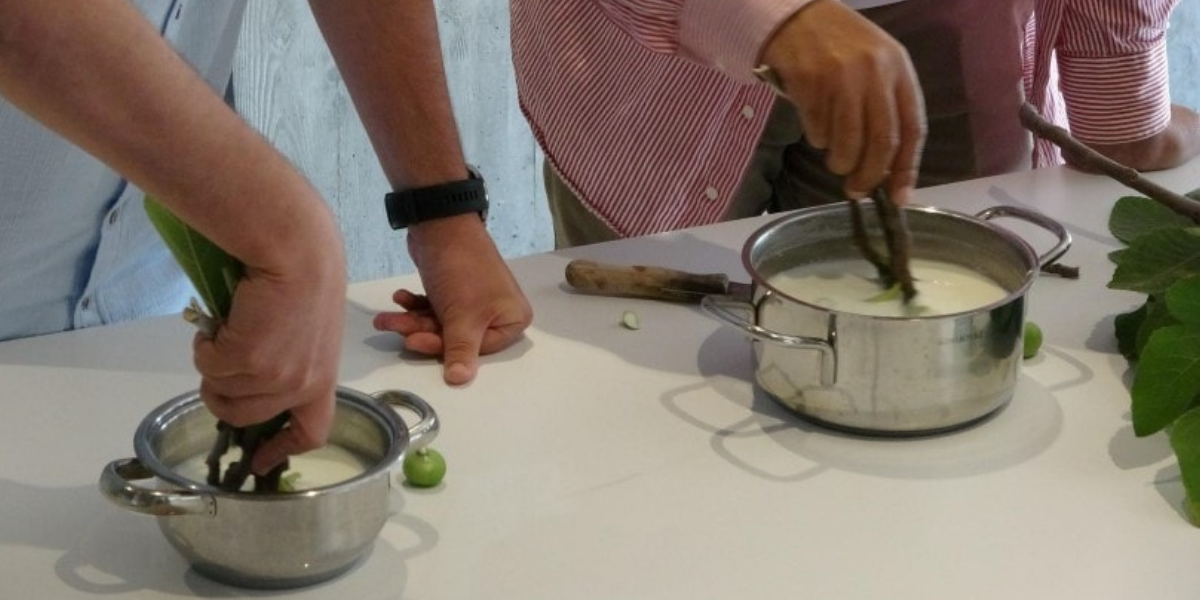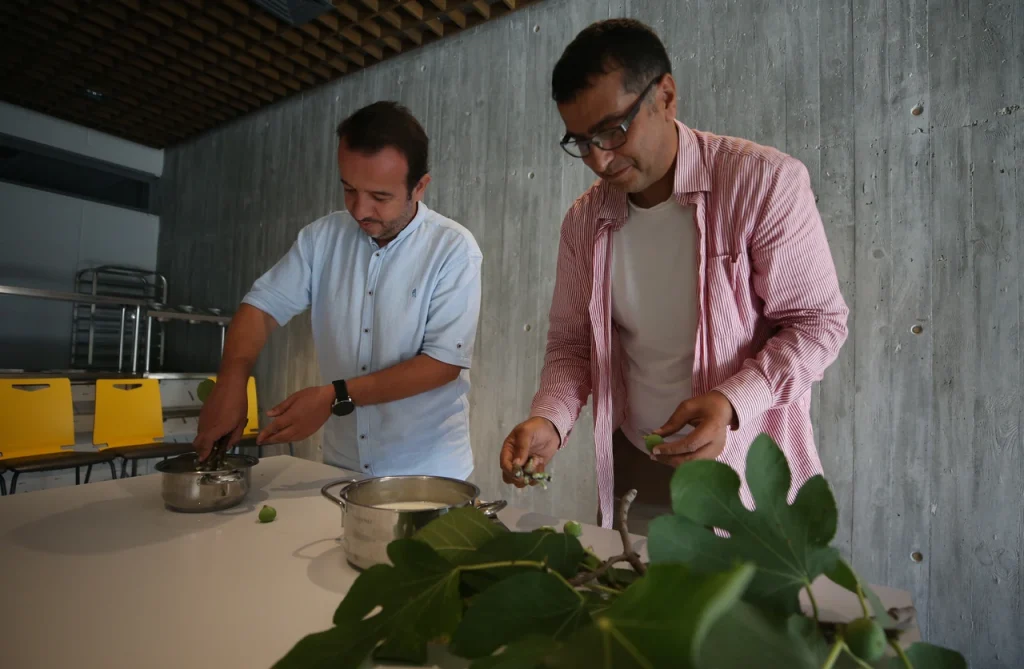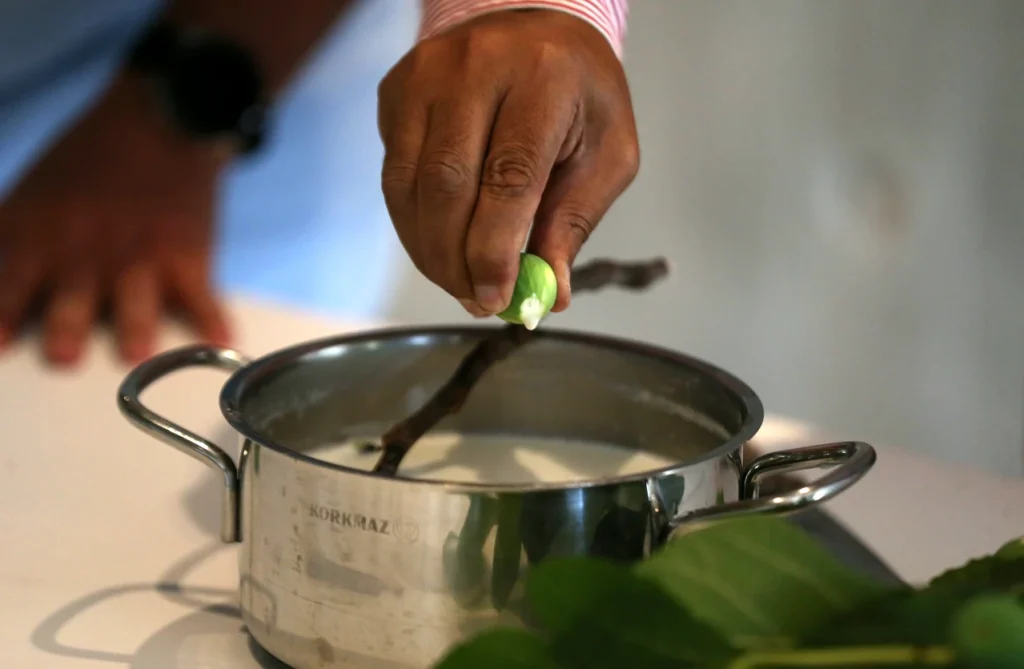
Teleme, the unique flavor of Anatolia, made with the 2,750-year-old recipe mentioned by Homer in the epic Iliad
Teleme is a traditional Turkish yogurt, usually made from sheep or goat milk. It is known for its soft, creamy texture and slightly salty flavor.
The recipe for teleme yogurt, which continues to be produced today by Yoruks (villagers engaged in animal husbandry in the mountains), was found in Homer’s Iliad epic.
Yoruks are a community known for their nomadic life and adhere to traditional eating habits. They have a very rich culinary culture, especially in dairy products.

Troy Museum Director Rıdvan Gölcük said that during their research, they found that Homer included the recipe of teleme yogurt, also known as “çobanaşı” in Anatolia, in the famous Iliad epic 2750 years ago.
Rıdvan Gölcük said, “In the epic, Homer’s statement ‘You drip the milk of figs into the white milk, you know, you mix it, and it quickly ferments in front of your eyes’ to show how quickly the ‘god of war’ Ares recovered after his injury attracted our attention. When we saw this, we were very surprised to see if milk could be fermented with fig milk and we immediately started a research.”

“We learned that in Anatolia, especially Yoruks make a product similar to yogurt that ferments in 5-6 minutes by dripping fig milk into freshly milked goat milk and call this product teleme.”
“We tried to see if the goat’s milk fermented by dropping fig milk into the goat’s milk or with a fig branch. A fermentation took place in almost only 5 minutes. We made Teleme with the 2,750-year-old recipe mentioned in Homer’s epic.”

“At the end of the research, we realized that the milk of figs is actually a substance called latex. It is precisely this substance that cuts goat’s milk. This recipe in Homer is unknown in the West, that is, it was never known that goat’s milk could be fermented with fig’s milk, while the fact that this Teleme in Homer’s epic has been going on for almost 3 thousand years shows how the Homeric text has a strong connection with Anatolia.”
Stating that the Teleme was made only with goat milk, Rıdvan Gölcük said, “The number of goats in Troy can also be an important data. The excavation results show us that, for example, more than 50 percent of the animal finds from the Troy-1 settlement belong to goats. In Gökçeada, 75 percent of the animal finds are goats. This region knows goat and goat milk very well.”
You may also like
- A 1700-year-old statue of Pan unearthed during the excavations at Polyeuktos in İstanbul
- The granary was found in the ancient city of Sebaste, founded by the first Roman emperor Augustus
- Donalar Kale Kapı Rock Tomb or Donalar Rock Tomb
- Theater emerges as works continue in ancient city of Perinthos
- Urartian King Argishti’s bronze shield revealed the name of an unknown country
- The religious center of Lycia, the ancient city of Letoon
- Who were the Luwians?
- A new study brings a fresh perspective on the Anatolian origin of the Indo-European languages
- Perhaps the oldest thermal treatment center in the world, which has been in continuous use for 2000 years -Basilica Therma Roman Bath or King’s Daughter-
- The largest synagogue of the ancient world, located in the ancient city of Sardis, is being restored











Leave a Reply